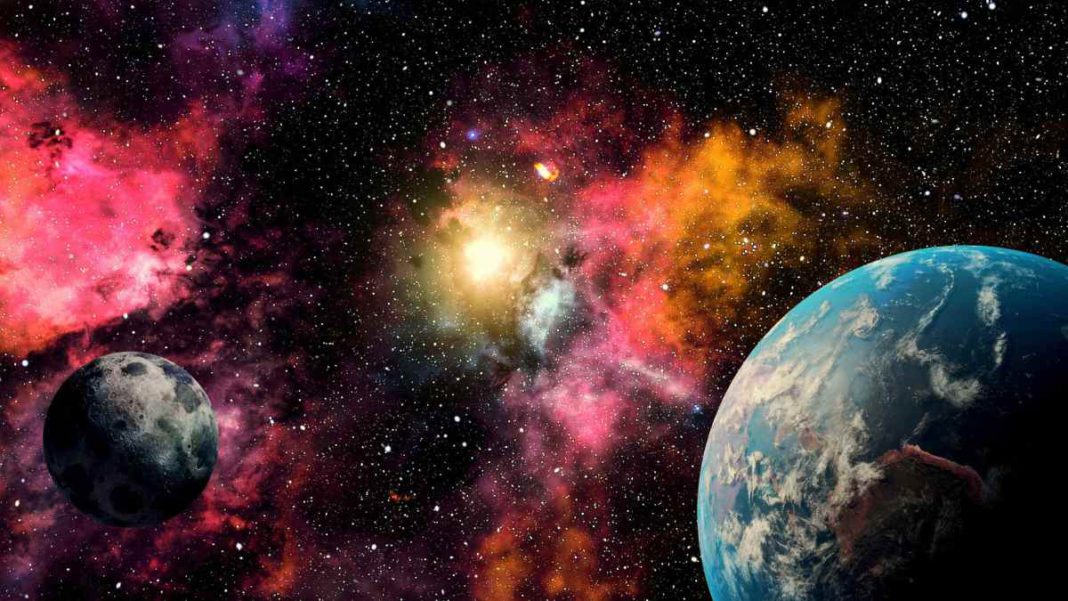JAPAN: In a discovery that has ignited the imaginations of astronomers worldwide, scientists are reporting tantalizing hints of an Earth-like planet possibly lurking within the confines of our very own solar system, concealed within the enigmatic Kuiper Belt.
This hypothetical celestial body, believed to be 1.5 to 3 times the size of Earth, has raised hopes of expanding our understanding of planets within our cosmic neighborhood.
The search for Earth-like planets is not only a foundational pursuit in astronomy but also holds the promise of unlocking the secrets of habitable environments beyond our home planet.
The breakthrough findings are the result of a comprehensive study led by Patryk Sofia Lykawka of Kindai University in Osaka, Japan, and Takashi Ito of the National Astronomical Observatory of Japan in Tokyo. Their groundbreaking research, published in The Astronomical Journal, unveils a riveting possibility that has left the scientific community in awe.
“We predict the existence of an Earth-like planet,” the researchers boldly declare in their study, presenting a compelling case for the existence of this hidden world.
Drawing upon the notion that a primordial planetary body might have endured within the distant Kuiper Belt, the researchers suggest that this could be a Kuiper Belt planet (KBP), much like numerous other objects that inhabited our solar system during its early stages.
The key to unraveling this cosmic enigma lies in gaining a more profound understanding of the orbital dynamics within the remote Kuiper Belt. The researchers propose that “more detailed knowledge of the orbital structure in the distant Kuiper Belt can reveal or rule out the existence of any hypothetical planet in the outer Solar System.”
In summary, the researchers assert, “In conclusion, the results of the Kuiper Belt planet scenario support the existence of a yet-undiscovered planet in the far outer Solar System.” If confirmed, this would be a momentous discovery that could reshape our comprehension of the solar system’s architecture.
According to current projections, this elusive Earth-like planet, if it indeed exists, would likely inhabit an orbit situated between 250 and 500 astronomical units (AU) from the Sun.
This vast distance from our star raises intriguing questions about the potential conditions and characteristics of this mysterious world. Beyond the excitement of potentially locating a new member of our celestial family, researchers are enthusiastic about the broader implications of this discovery.
Identifying a planet in the vicinity of the Kuiper Belt could yield fresh insights into the intricate processes governing planet formation and evolution, offering novel perspectives and constraints in the realm of planetary science.
Also Read: ISRO’s Aditya-L1 Solar Mission Set to Launch on September 2



